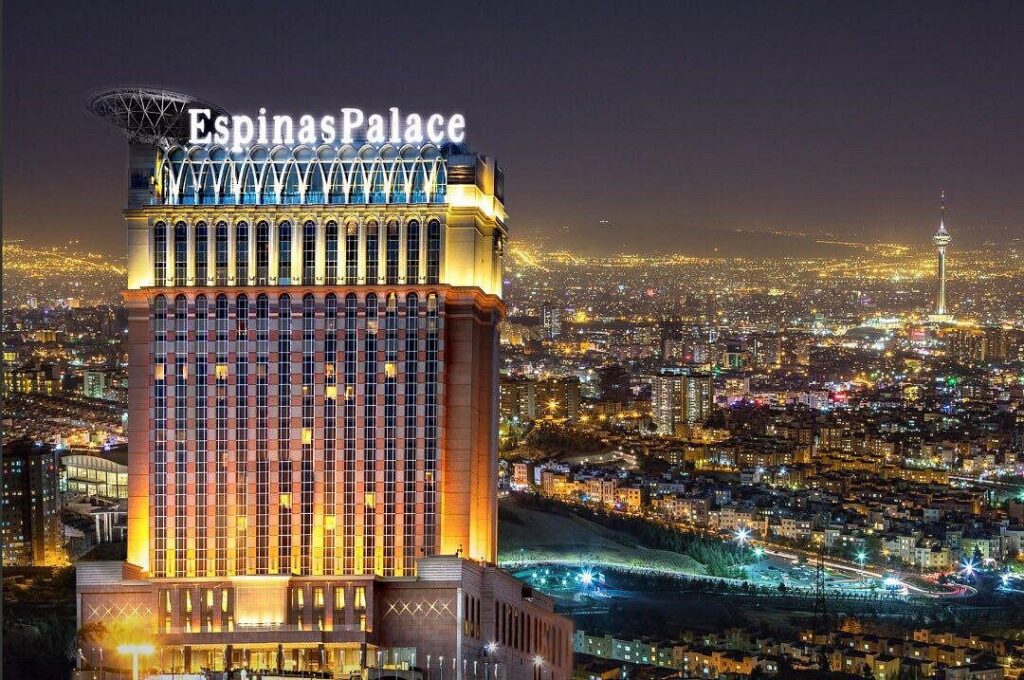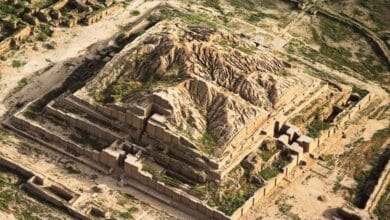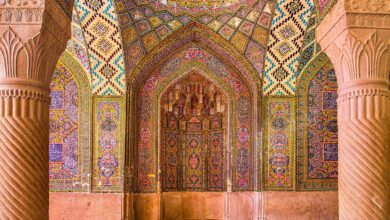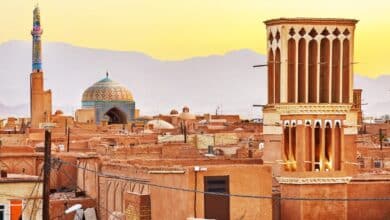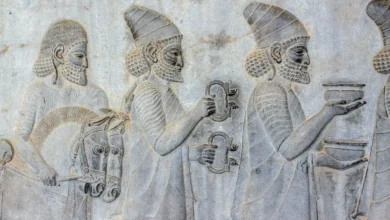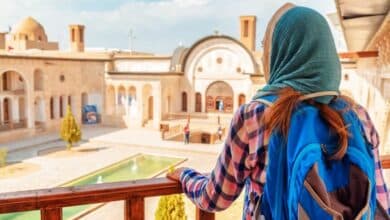Shah Mosque (Imam Mosque) Tehran: History and Architectural Beauty
Visiting Shah Mosque: Key Highlights
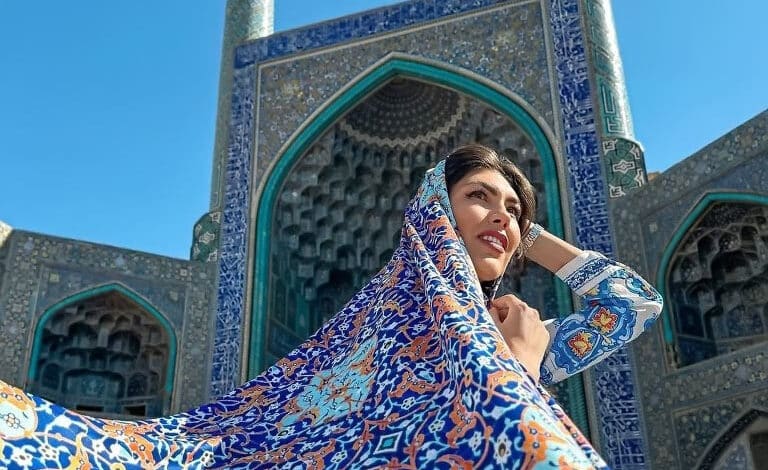
The Imam Mosque is a stunning structure that tells stories of faith, art, and centuries of history.
Walking through the narrow, bustling alleys of Tehran’s Grand Bazaar, you’ll hear the sounds of vendors calling out, smell fresh tea brewing, and see the vibrant colors of Persian spices.
Amid this lively atmosphere, where merchants’ calls echo and vibrant goods fill every corner, the Shah Mosque stands as an unexpected sanctuary. Its serene courtyard and hushed interiors provide a striking contrast to the constant motion and noise of the surrounding bazaar, offering visitors a place to pause, reflect, and find peace.
Imagine stepping out of the noisy market into a quiet courtyard surrounded by arches painted in shades of gold. As you pass through its modest entrance, the noise fades, replaced by calm and the soft sound of footsteps on stone. This mosque is more than just a building—it represents the architectural brilliance of Iran and the deep spiritual dedication of its people.
The grand central dome, with its intricate floral patterns and precise acoustics, stands as a testament to the craftsmanship and thoughtful design that define Persian architecture. For over two centuries, it has stood resilient, witnessing history unfold and providing a space for prayer, reflection, and admiration.
In this article, we explore this treasure of Tehran, diving into its history, exceptional design, and cultural significance in Iran’s capital city.
Contents
The History of Shah Mosque
Also known as the Soltani Mosque, the Shah Mosque was built during the Qajar period in the early 19th century under the reign of Fath Ali Shah. It was constructed not just as a place of worship but also as a symbol of the shah’s power and his ambition to establish Tehran as a significant and influential capital.
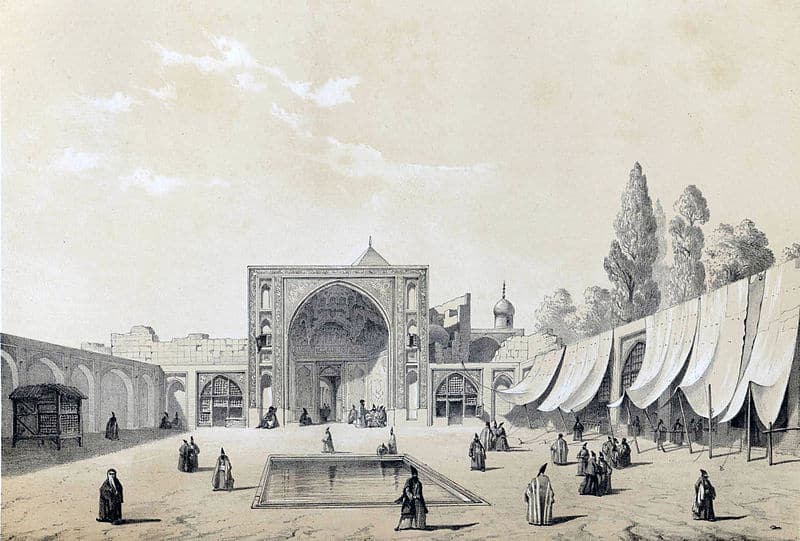
Located in the heart of the Grand Bazaar, the mosque was designed to integrate religion with daily life, blending commerce and faith harmoniously.
The mosque’s importance extends beyond worship. Over the years, it has witnessed Tehran’s transformations—from bustling trade to periods of political unrest. During the Constitutional Revolution in the early 20th century, the mosque served as a gathering point for activists and intellectuals, symbolizing not just spiritual strength but also a commitment to societal change. Its ability to endure these changes reflects the resilience and spirit of the city.
Architectural Marvel of Shah Mosque
Walking into the Shah Mosque feels like entering a masterpiece. Its design follows classic Persian architectural principles with a distinct Qajar style. The Iwan (a large open hall with three walls and one side open) is one of its most striking features, adorned with brilliant blue, turquoise, and yellow tiles that gleam in the sunlight.
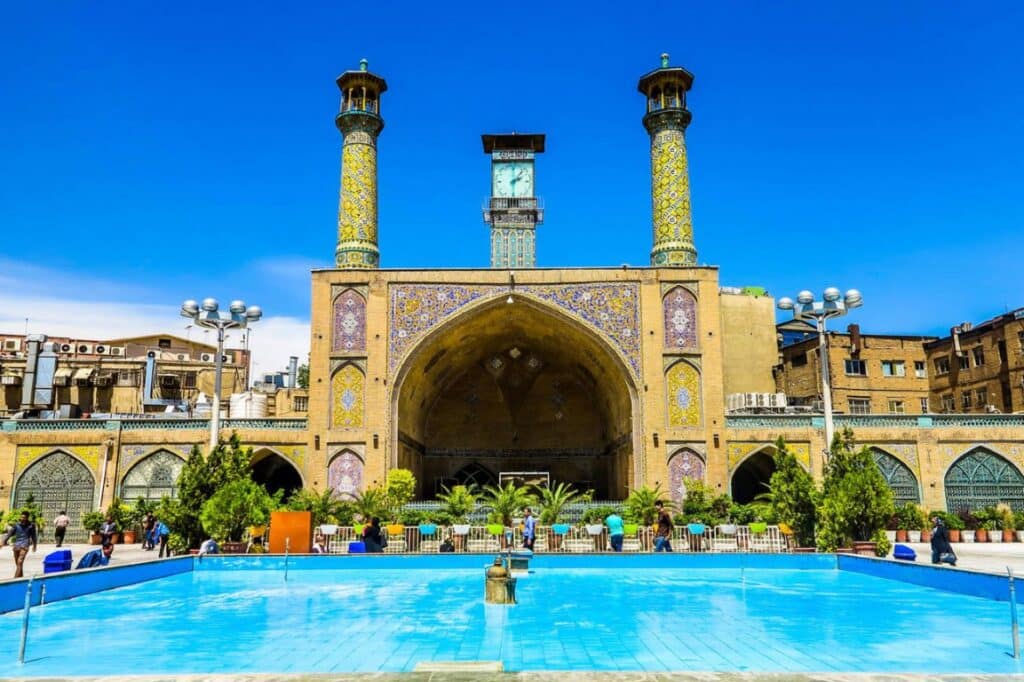
The mosque’s domes are equally remarkable, covered in intricate floral patterns and Quranic inscriptions. The central dome is so skillfully designed that even a whisper can be heard across the room, ensuring the imam’s voice reaches every corner during prayers.
The mihrab (a niche indicating the direction of prayer) is another highlight, decorated with hand-painted tiles in vibrant colors. The interplay of light and shadow in this sacred space enhances the mosque’s tranquil atmosphere.
Cultural Significance of Shah Mosque
For generations, the Shah Mosque has been more than just a place for prayer. Situated within the bustling Tehran Grand Bazaar, it has always served as a meeting point for merchants, travelers, and locals.
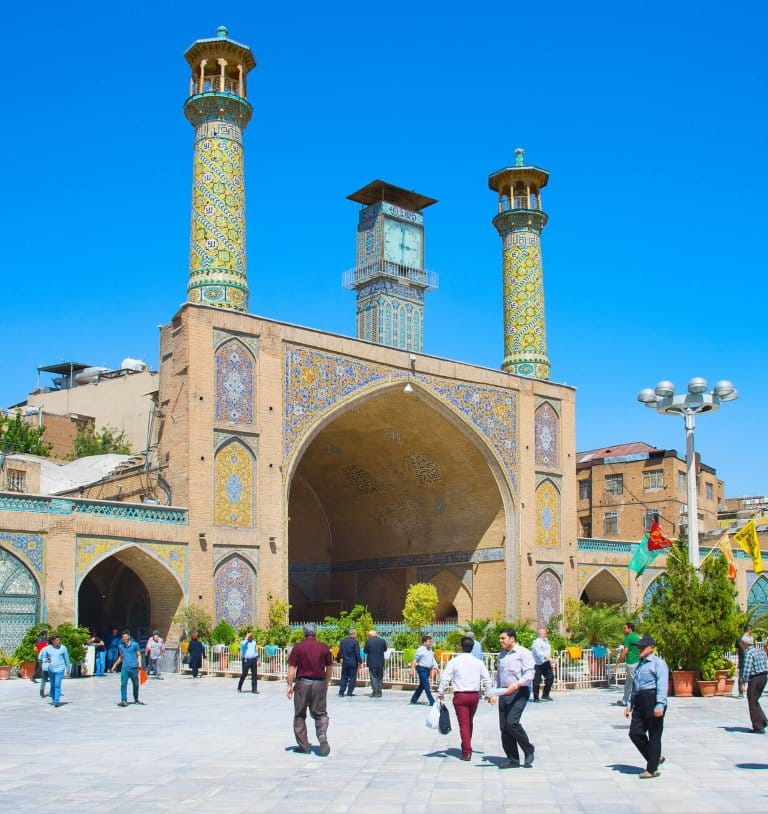
During important religious events like Ramadan or Ashura, the mosque becomes a hub of activity, hosting group prayers, Quran recitations, and charitable gatherings.
The mosque has also attracted visitors from around the world. Many travelers have admired its beauty, shared their experiences, and contributed to its reputation beyond Iran’s borders.
Key Highlights of the Mosque
The Courtyard
The mosque’s courtyard offers a serene retreat. This spacious area, surrounded by graceful arches and centered around a water fountain for pre-prayer ablutions, provides a moment of calm amid the chaos of the bazaar.
The Prayer Halls
The mosque features multiple prayer halls, each adorned with intricate designs and exquisite calligraphy. These cool, shaded rooms are ideal for quiet reflection or peaceful meditation.
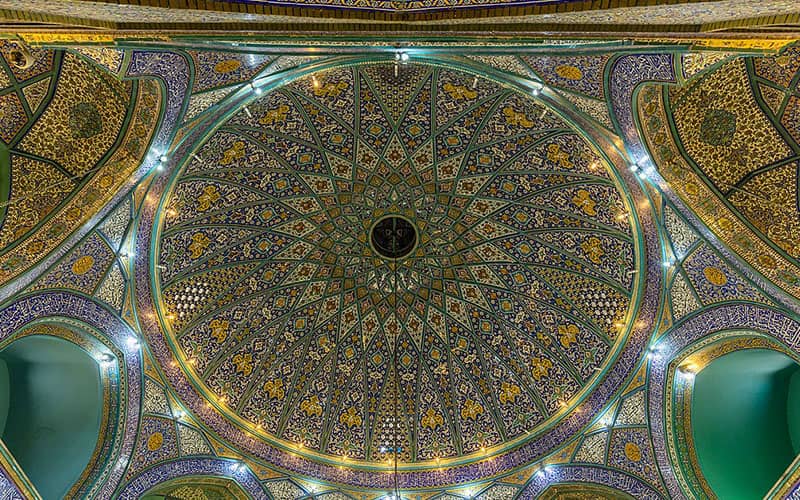
The Minarets
The mosque’s two minarets, decorated with colorful mosaics, rise gracefully into the sky. From their heights, visitors can enjoy breathtaking views of the Grand Bazaar and Tehran’s skyline.
The Iwan and Entrance
The grand Iwan, with its towering height and elaborate tilework, is one of the mosque’s most captivating features. Its design creates a majestic ambiance for every visitor.
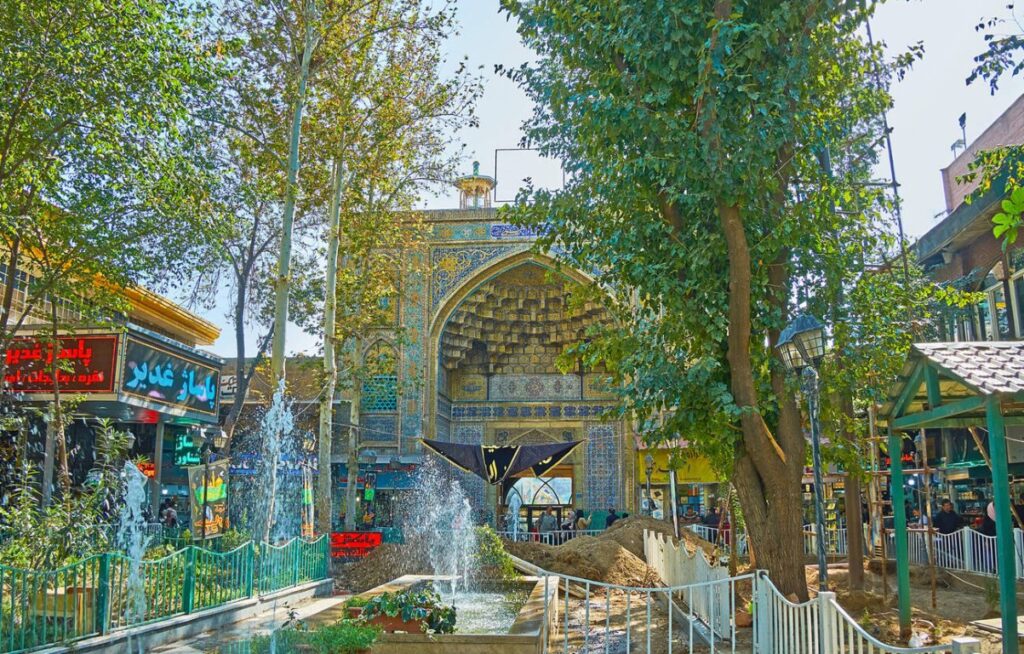
The Library and Academic Center
Historically, the mosque also housed an educational facility and library, serving as an academic hub. While they are no longer active, remnants of the library and academic center can still be seen in parts of the mosque, offering visitors a glimpse into their historical significance beyond worship.
Conclusion
Every city in Iran has its unique treasures, and in Tehran, one of those treasures is hidden within the Grand Bazaar. Amid the bustling market, the Shah Mosque offers a serene space where history, architecture, and spirituality converge.
Visiting the Shah Mosque offers a unique opportunity to experience an essential part of Iran’s cultural and historical heritage. Plan your visit and let this architectural gem leave a lasting impression.
FAQ
When is the best time to visit the mosque?
The morning offers a quieter experience, while afternoons let you enjoy the sunlight reflecting off the tiles. During religious festivals, the mosque is beautifully adorned and bustling with activity.
Do I have to pay to enter the mosque?
No, entry to the Shah Mosque is generally free. Visitors are kindly asked to dress modestly as a sign of respect.
Can non-Muslims visit the mosque?
3. Can non-Muslims visit the mosque?
Yes, non-Muslims are welcome as long as they follow cultural guidelines, adhere to the dress code, and avoid visiting during prayer times.
